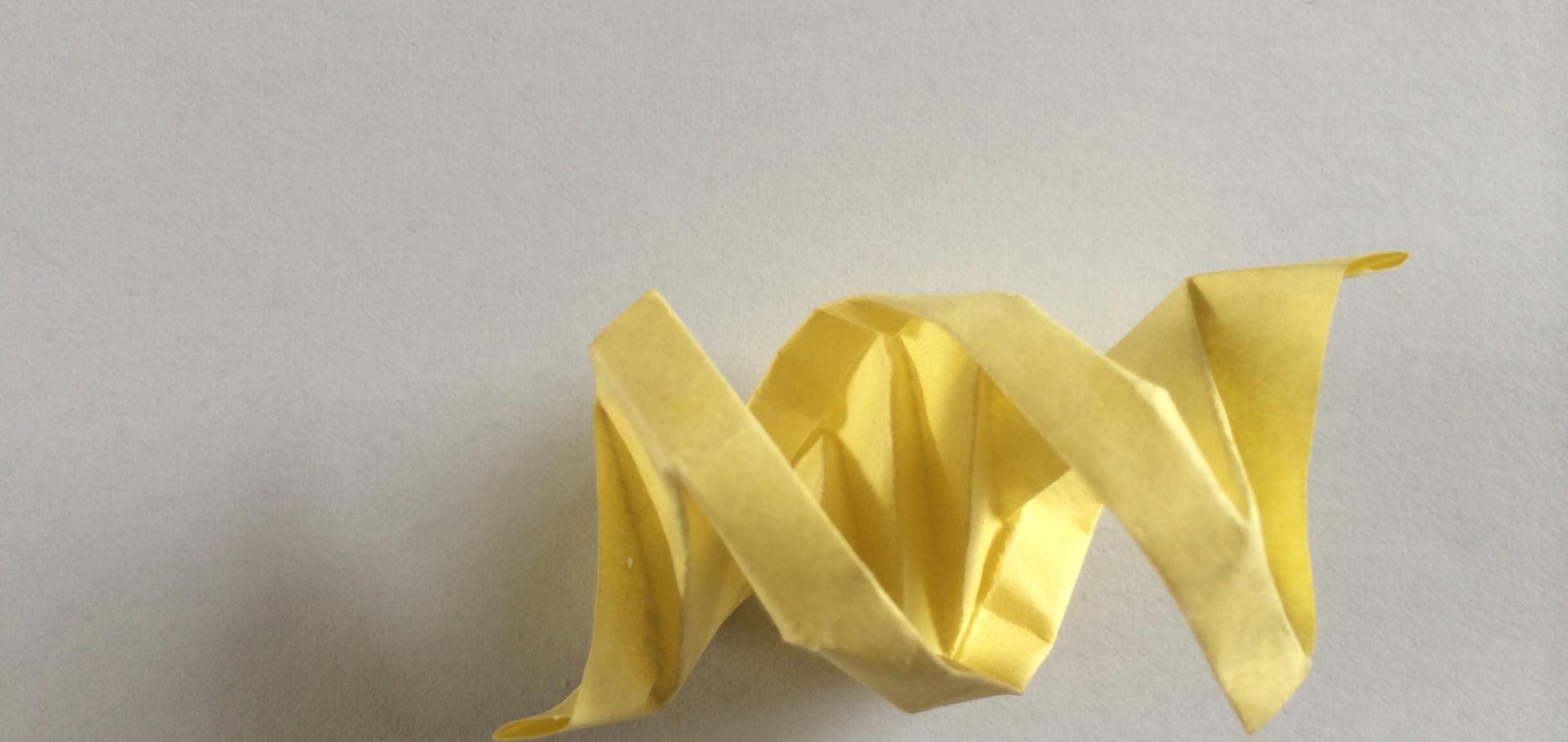DNA nanomachines
Chapter in Nanoscience and Technology, World Scientific Publishing (2009) 124-133
DNA monofunctionalization of quantum dots.
Chembiochem 10:11 (2009) 1781-1783
Mechanism for a directional, processive, and reversible DNA motor.
Small 5:13 (2009) 1513-1516
Coordinated chemomechanical cycles: a mechanism for autonomous molecular motion.
Phys Rev Lett 101:23 (2008) 238101
Abstract:
The second law of thermodynamics requires that directed motion be accompanied by dissipation of energy. Here we demonstrate the working principles of a bipedal molecular motor. The motor is constructed from DNA and is driven by the hybridization of a DNA fuel. We show how the catalytic activities of the feet can be coordinated to create a Brownian ratchet that is in principle capable of directional and processive movement along a track. This system can be driven away from equilibrium, demonstrating the potential of the motor to do work.Templated self-assembly of wedge-shaped DNA arrays
Tetrahedron 64:36 (2008) 8530-8534


